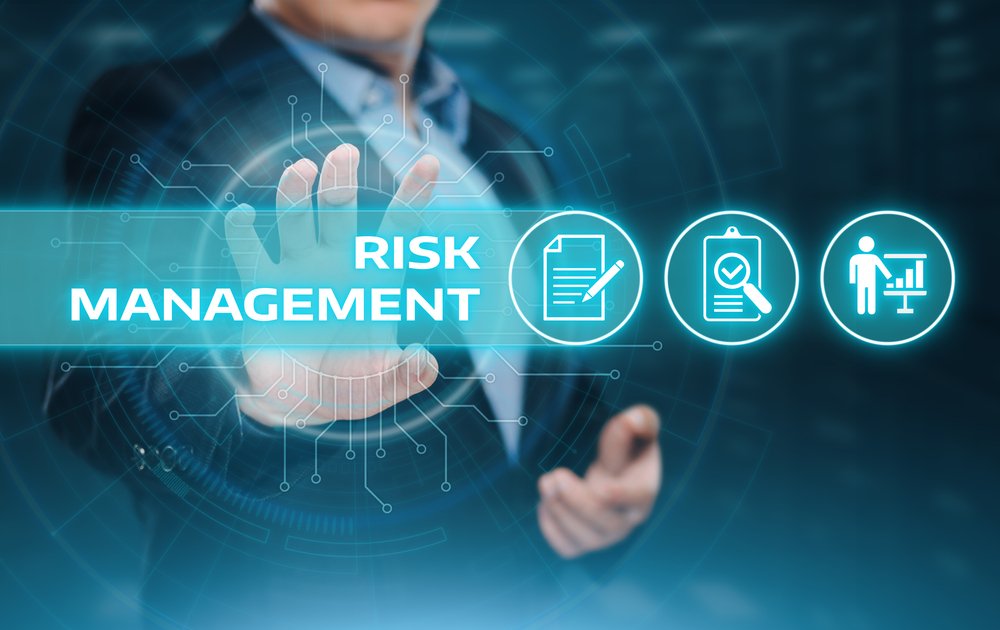Risk Management in Business: Navigating Uncertainty in 2024

In today’s fast-paced and ever-evolving business environment, risk management has become more critical than ever. Companies face a multitude of risks, ranging from financial uncertainties and operational challenges to cybersecurity threats and compliance issues. Effective risk management helps businesses identify, assess, and mitigate potential risks, ensuring long-term stability and success. This article delves into the latest trends and strategies in risk management for 2024, providing a comprehensive guide for businesses to navigate uncertainty and thrive.
Understanding Risk Management
Risk management is the process of identifying, evaluating, and prioritizing risks followed by coordinated efforts to minimize, monitor, and control the probability or impact of unfortunate events. The primary goals are to protect the company’s assets, ensure operational continuity, and support strategic objectives.

Key Components of Risk Management
- Risk Identification: The first step in risk management is identifying potential risks that could affect the business. This includes both internal risks (such as process failures, employee misconduct) and external risks (such as economic downturns, regulatory changes, natural disasters).
- Risk Assessment: Once risks are identified, they need to be assessed in terms of their likelihood and potential impact. This involves qualitative and quantitative analysis to prioritize risks and determine which ones require immediate attention.
- Risk Mitigation: After assessing risks, businesses need to develop strategies to mitigate them. This could involve implementing new policies, adopting new technologies, diversifying supply chains, or purchasing insurance.
- Risk Monitoring and Reporting: Continuous monitoring and regular reporting are essential to ensure that risk management strategies are effective. This involves tracking key risk indicators and updating risk assessments as new information becomes available.
- Crisis Management: Even with the best risk management practices, crises can still occur. Businesses need to have a robust crisis management plan in place to respond quickly and effectively to unexpected events.
Latest Trends in Risk Management for 2024

- Digital Transformation and Cybersecurity
With the increasing reliance on digital technologies, cybersecurity has become a top priority in risk management. Businesses must protect themselves against cyber threats such as data breaches, ransomware attacks, and phishing scams. Investing in advanced cybersecurity measures, conducting regular security audits, and training employees on cyber hygiene are crucial steps in mitigating cyber risks.

- AI and Machine Learning in Risk Assessment
Artificial Intelligence (AI) and machine learning are revolutionizing risk management by enhancing the accuracy and efficiency of risk assessments. These technologies can analyze vast amounts of data to identify patterns and predict potential risks. Businesses are increasingly adopting AI-driven risk management tools to stay ahead of emerging threats and make informed decisions.
- Climate Risk Management
Climate change poses significant risks to businesses, including physical risks (e.g., extreme weather events) and transition risks (e.g., regulatory changes aimed at reducing carbon emissions). In 2024, companies are focusing more on integrating climate risk management into their overall risk management frameworks. This involves assessing the impact of climate change on operations, supply chains, and financial performance, and developing strategies to mitigate these risks.
- Supply Chain Resilience
The COVID-19 pandemic highlighted the vulnerabilities in global supply chains. In response, businesses are prioritizing supply chain resilience by diversifying suppliers, increasing inventory buffers, and adopting digital supply chain management tools. Building a more resilient supply chain helps mitigate the risks of disruptions and ensures business continuity.
- Regulatory Compliance
The regulatory landscape is constantly evolving, and non-compliance can result in significant penalties and reputational damage. Businesses must stay updated on relevant regulations and ensure compliance through robust internal controls and regular audits. In 2024, leveraging technology such as compliance management software and automated reporting tools can help streamline compliance processes and reduce risks.
- Human Capital Risk
Employees are a critical asset, and managing risks related to human capital is essential. This includes addressing issues such as talent acquisition and retention, employee health and safety, and workplace diversity and inclusion. In 2024, businesses are increasingly focusing on creating a positive work culture, offering competitive benefits, and investing in employee development to mitigate human capital risks.
Best Practices for Effective Risk Management

- Develop a Risk Management Culture
Fostering a risk-aware culture within the organization is crucial. This involves educating employees about risk management principles, encouraging open communication about risks, and integrating risk management into decision-making processes.
- Engage Leadership and Stakeholders
Effective risk management requires the involvement of leadership and key stakeholders. Regularly update the board of directors and senior management on risk management activities and seek their input on critical risk-related decisions.
- Leverage Technology and Data Analytics
Utilize technology and data analytics to enhance risk management capabilities. Implementing risk management software, conducting data-driven risk assessments, and automating monitoring and reporting processes can significantly improve efficiency and effectiveness.
- Regularly Review and Update Risk Management Plans

Risk management is an ongoing process. Regularly review and update risk management plans to reflect changing circumstances, new threats, and lessons learned from past incidents. Conduct periodic risk assessments and simulations to test the effectiveness of mitigation strategies.
- Collaborate with External Experts
Engage external experts and consultants to provide insights and guidance on specific risk management challenges. This can include cybersecurity experts, legal advisors, and industry specialists who can help identify emerging risks and develop appropriate mitigation strategies.
In 2024, effective risk management is more important than ever for businesses to navigate uncertainty and achieve long-term success. By adopting the latest trends and best practices, companies can proactively manage risks, protect their assets, and create a resilient and sustainable business model. Embracing a comprehensive and integrated approach to risk management will enable businesses to thrive in an increasingly complex and unpredictable world.